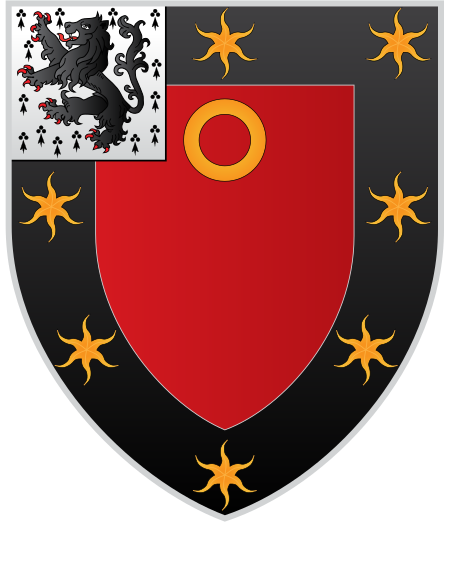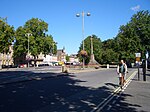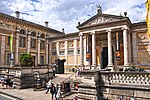St John's College, Oxford

St John's College is a constituent college of the University of Oxford. Founded as a men's college in 1555, it has been coeducational since 1979. Its founder, Sir Thomas White, intended to provide a source of educated Roman Catholic clerics to support the Counter-Reformation under Queen Mary. St John's is one of the wealthiest colleges in Oxford, with assets worth over of £790 million as of 2022, largely due to nineteenth-century suburban development of land in the city of Oxford of which it is the ground landlord.The college occupies a site on St Giles' and has a student body of some 390 undergraduates and 250 postgraduates. There are over 100 academic staff, and a like number of other staff. In 2018 St John's topped the Norrington Table, the annual ranking of Oxford colleges' final results, and in 2021, St John's ranked second with a score of 79.8.
Excerpt from the Wikipedia article St John's College, Oxford (License: CC BY-SA 3.0, Authors, Images).St John's College, Oxford
St Giles', Oxford City Centre
Geographical coordinates (GPS) Address Website External links Nearby Places Show on map
Geographical coordinates (GPS)
| Latitude | Longitude |
|---|---|
| N 51.75612 ° | E -1.258605 ° |
Address
St John's College
St Giles'
OX1 3JP Oxford, City Centre
England, United Kingdom
Open on Google Maps









